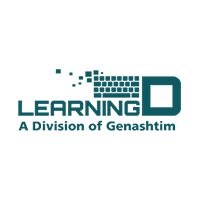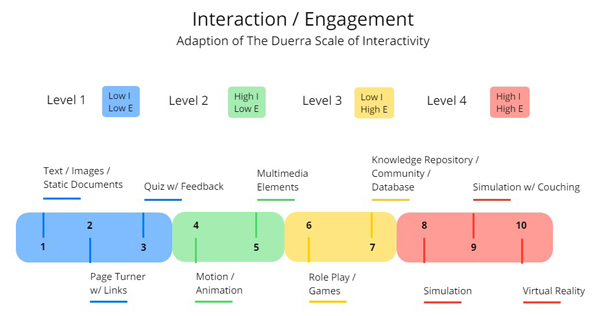Courseware Development Process
At Genashtim, we adopt a systematic and flexible development process guided by The ADDIE model, the foundation of all instructional design models. The ADDIE model is a 5-stage framework that provides a dynamic yet structured process for training development.
Unlike other models, ADDIE places design at the core of the development process. This resonates strongly with us as we endeavour to create learner-centric content that engages learners throughout their learning journey.
Genashtim believes evaluation is an integral part of each stage. Thus, we have adopted the circular web framework depicted above.
The following overview provides a general idea of what each stage of the courseware development process will look like. The process will be tailored to ensure that training development is both efficient and effective given individual project needs. The final process will be agreed upon with the client at the outset such that it satisfies project requirements, scope of work, and meets client expectations.
Analyse
Key features
• Evaluate instructional goals and desired learning outcomes
• Understand the target audience, learner needs and learning constraints
• Determine learning environment, resource requirements, and delivery options
We start the process by carrying out a ‘full audit’ of client requirements, target audience, instructional goals, intended outcomes, and the current situation.
During analysis, we seek to answer the “who, what, when, where, why, and how” to generate a comprehensive project plan and recommend learning strategies.
• Who is the target audience?
• What it the context of the training?
• When will the training take place?
• Where will the training take place?
• Why are we doing this training? (Objectives)
• How will we achieve our objectives?
As a part of this stage we conduct interviews with subject matter experts (SMEs) and focus groups with the target audience where applicable. We will also evaluate the existing content, resources, and current training methods.
Design
Key features
• Define specific and measurable learning objectives
• Taxonomy design and course structure
• Establish instructional strategies
• Develop sample storyboard
• Conceptualise assessment/testing methods (e.g. summative, formative, learning activities)
• Create prototype
In this next phase, we turn our analysis into action! The pedagogical approach is established by defining learning outcomes that are specific and measurable. The course taxonomy will then be designed to ensure that learning outcomes are met using appropriate instructional strategies.
During the design phase, our team will develop a prototype based on a sample storyboard. This is to ensure that all parties are aligned in terms of what we have set out to achieve. Design and brand guidelines will be established to ensure consistency before development phase begins. Through the prototype, the client will have a glimpse of the different learning strategies employed, sample assessment methods, and the layout and navigation of the course.
At the end of the design stage we will have a blueprint that will be used as a reference to develop the entire course and corresponding courseware.
Develop
Key features
• Develop storyboards and lesson plans
• Create learning paraphernalia (videos, graphics, text, animation, assessments, activities etc.)
• Create supplementary resources (e.g. reference guides, downloadable tools, infographics)
• Validate courseware (content, flow, interface, navigation etc.)
• Iterative development process with stakeholder feedback
• Thorough quality checking
This phase encompasses content and courseware development. Detailed storyboards will be developed and revised until final client approval before learning object development begins. Storyboards will contain scripts along with audio/video/graphics/animation directions where applicable.
As storyboards are approved, our multimedia developers will commence with the development of assets and interactive elements as outlined. Where video elements are required, we will manage the videography and editing process. If required, supplementary resources will be developed as they will add value to the training, such as quick reference guides in PDF format that learners can download and use post-training.
The development process is iterative where feedback will need to be obtained at regular intervals from the client to ensure the highest quality standards and expectations are met and that the process is efficient.
Once the content and courseware are developed, courseware will be validated and checked internally.
Testing
A User Acceptance Testing period will follow the Development phase in which the client will carry out testing of the developed courseware. Genashtim will upload the courseware unto the agreed platform and provide a checklist along with the suggested scenarios/guidelines to track testing.
Our technical and production teams will remain on call during the UAT period in order to respond swiftly to any queries or changes. Our Project Manager will coordinate this effort.
After the final client approval has been received, the courseware will be packaged to the standards stipulated by the client.



